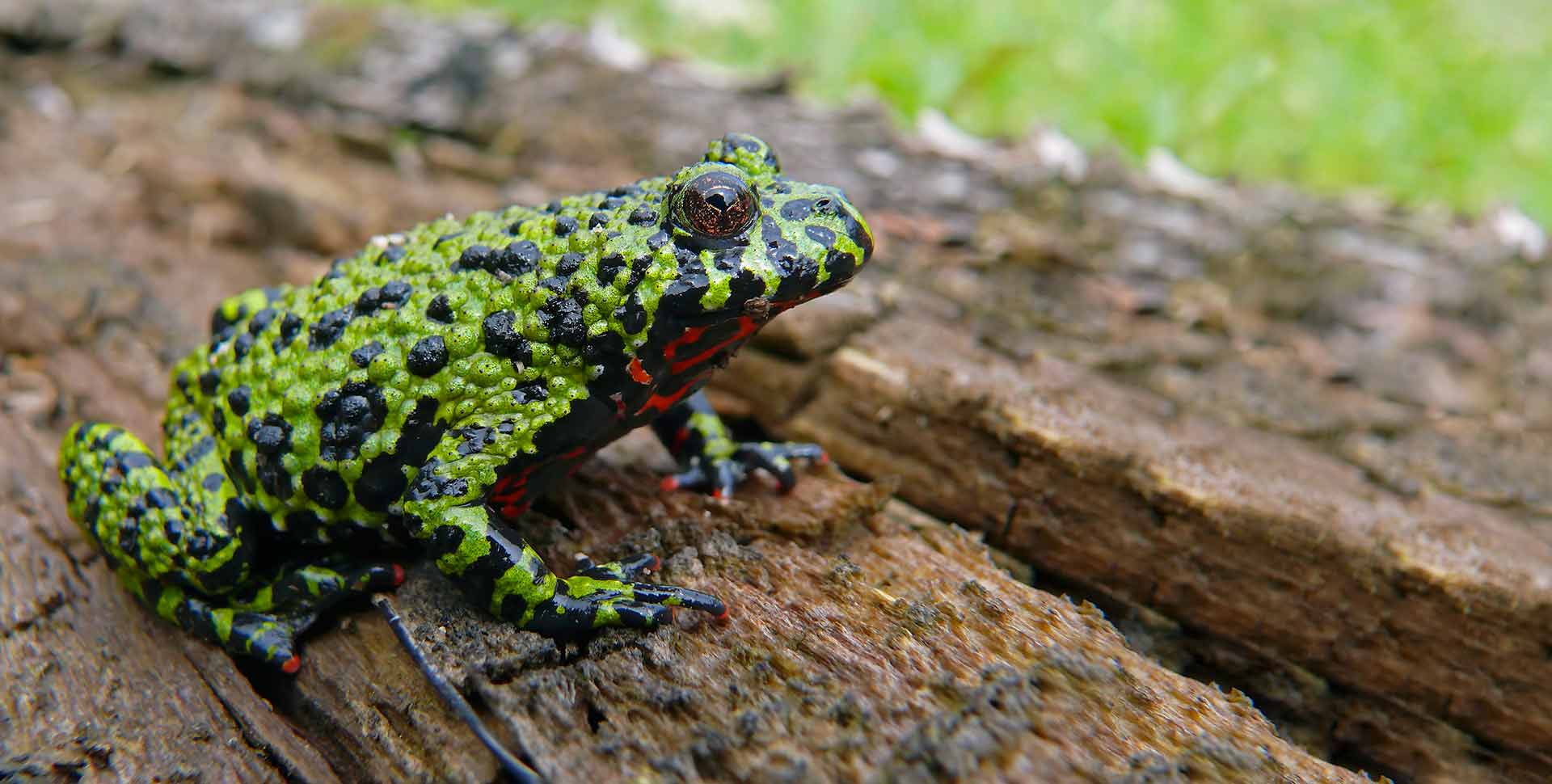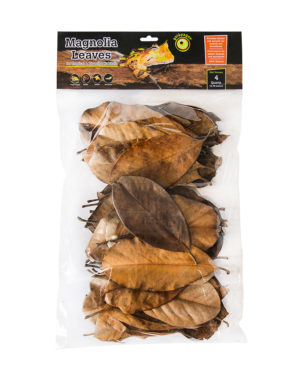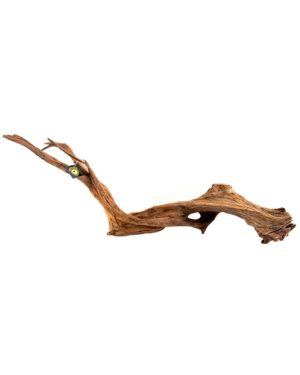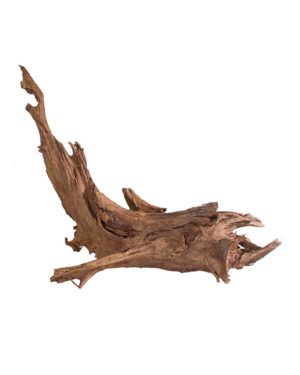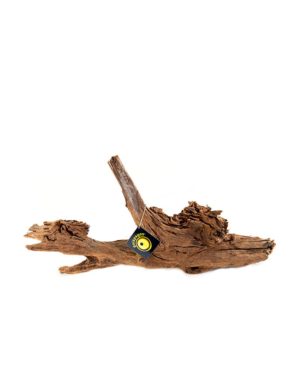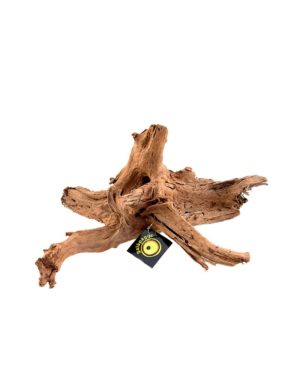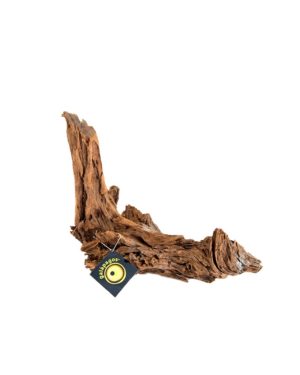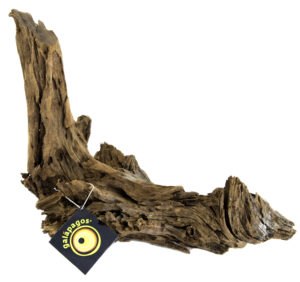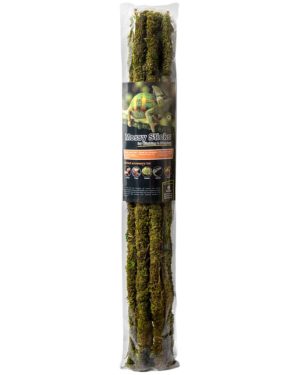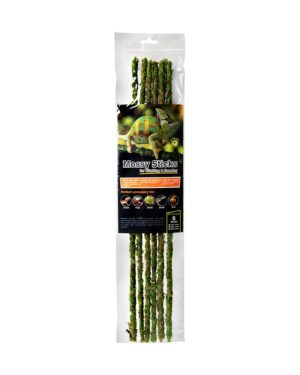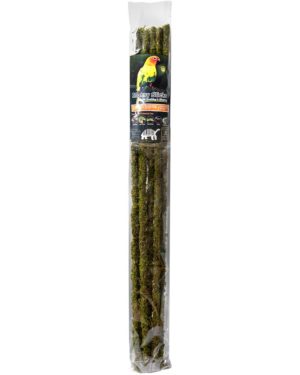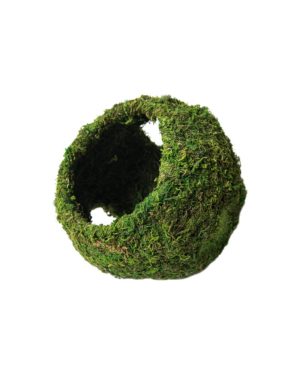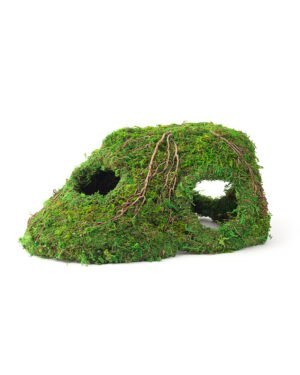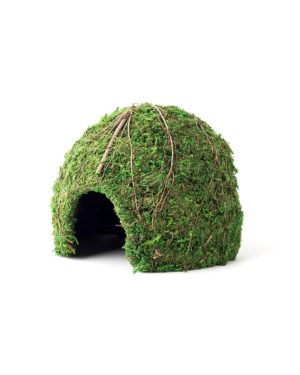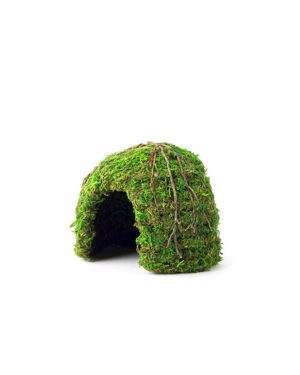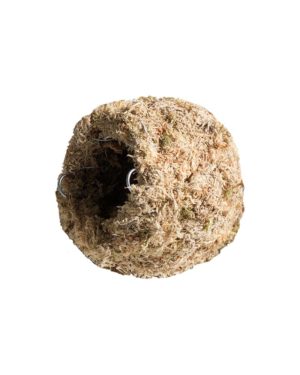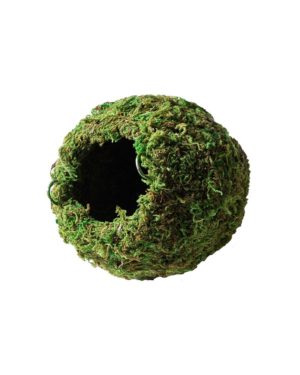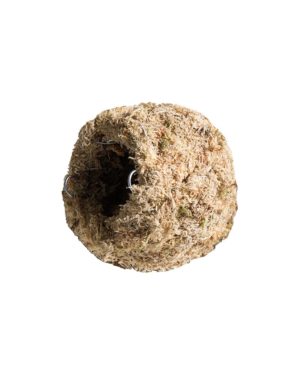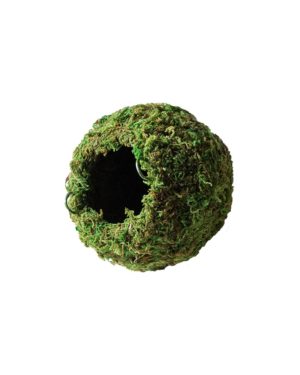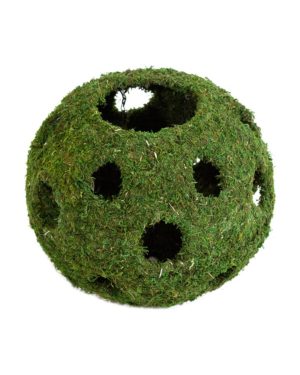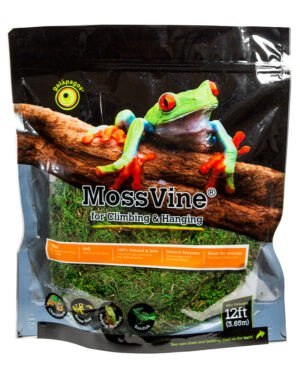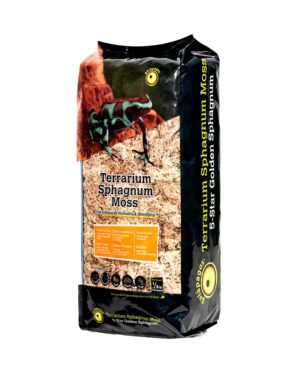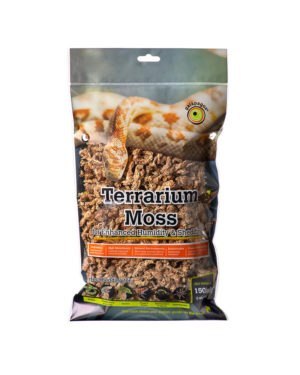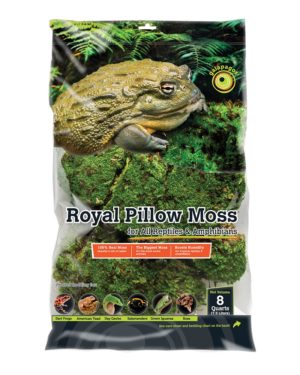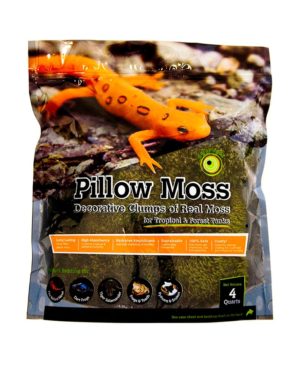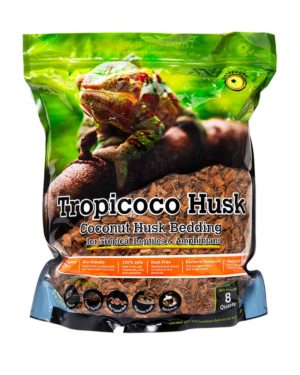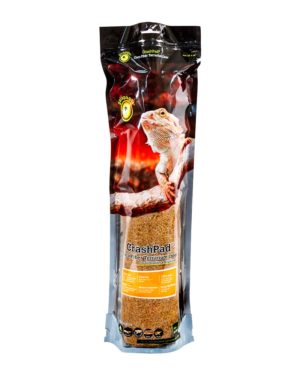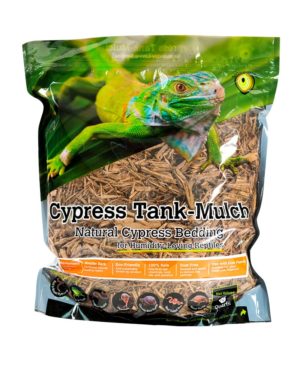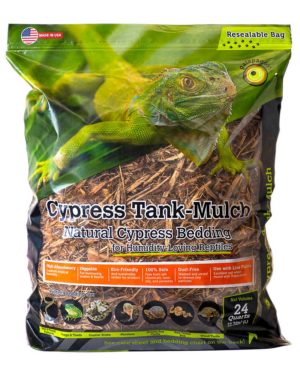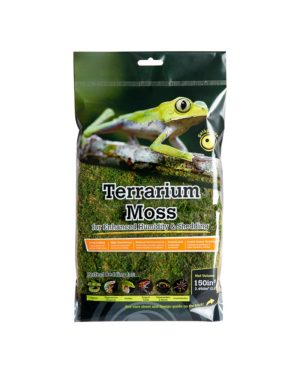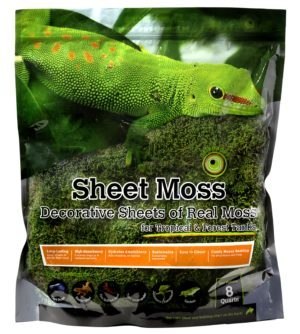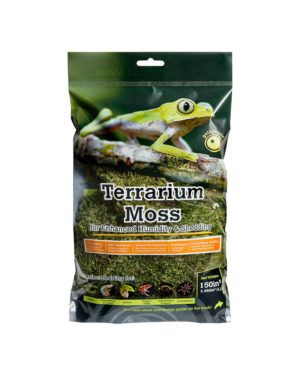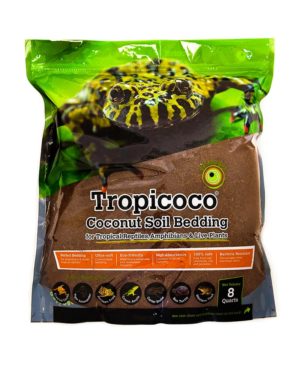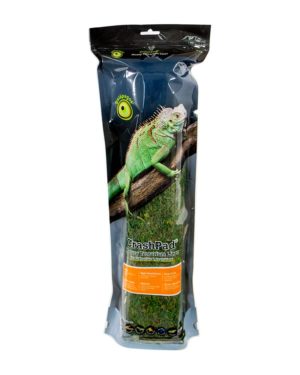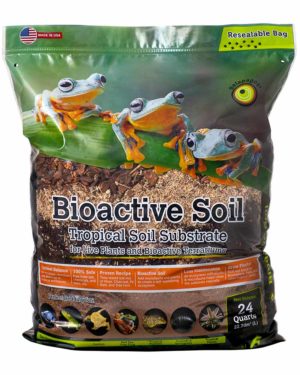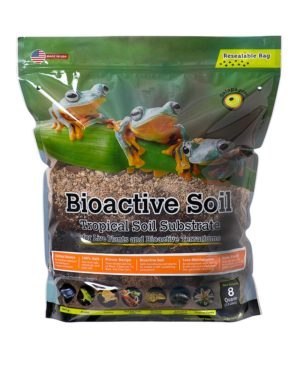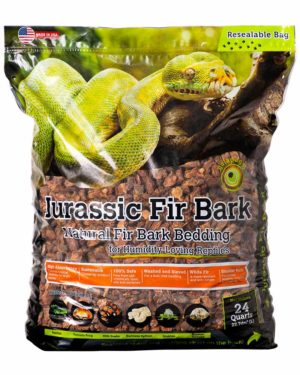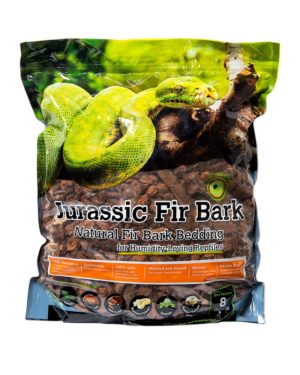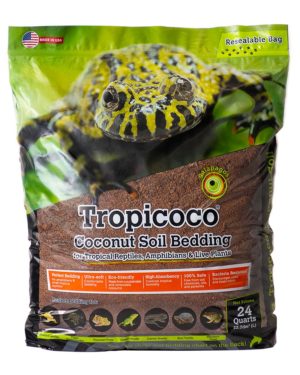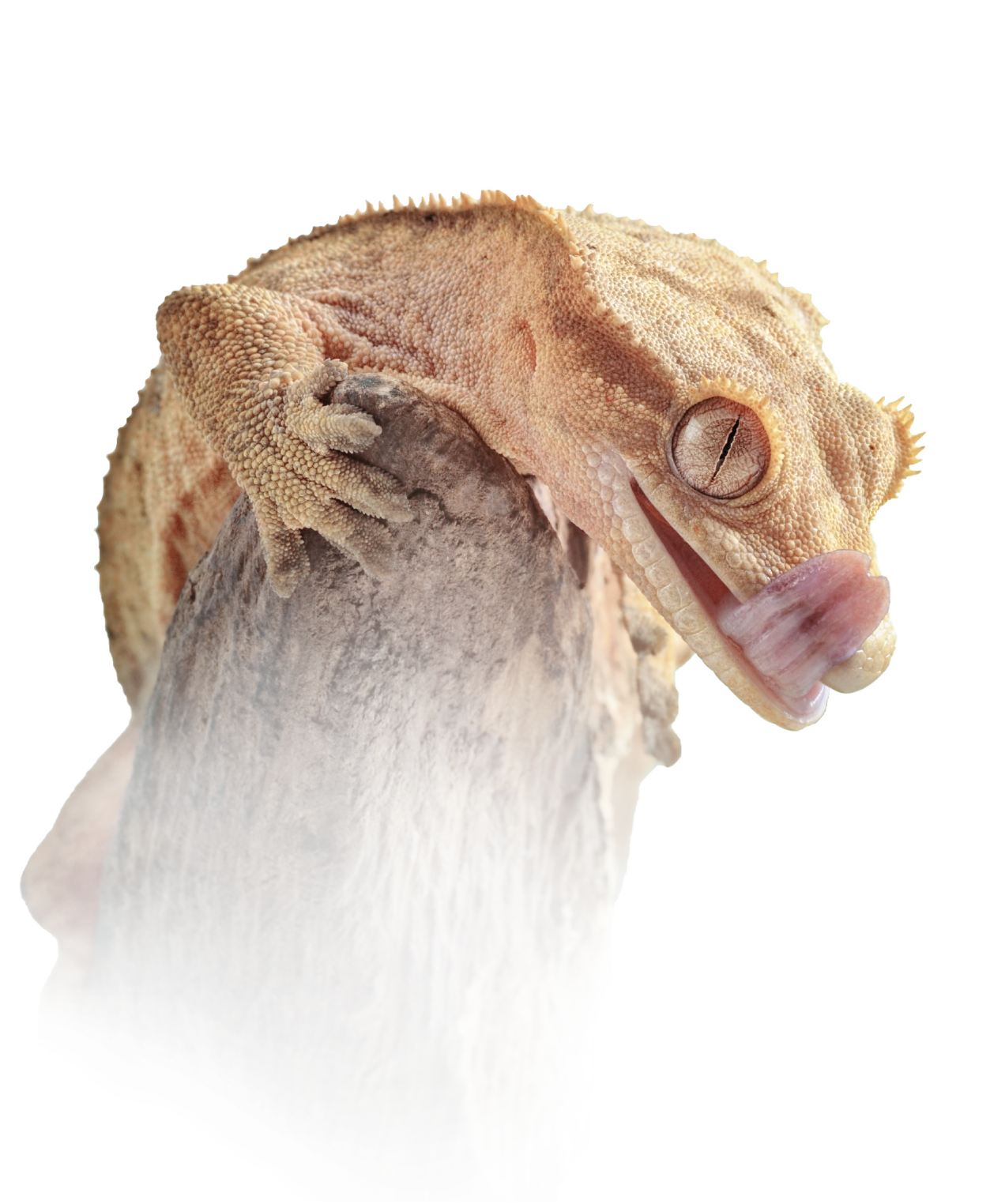Environment
Semi-Aquatic
Light
Optional
Temperature
70-75°F
Humidity
50-80%
Most Active
Diumal
Lifespan
7-15 years
Size:
Fire-Bellied Toads reach an adult size of approximately 1.5-2 inches. There is no notable size difference between males and females.
Lifespan:
In captivity, with proper care, Fire-Bellied Toads can live 7-15 years or more. There are reports of Fire-Bellied Toads living over 20 years in captivity.
Enclosure:
When designing your Fire-Bellied Toad enclosure make sure to remember that they are native to stagnant waters and should be kept in semi-aquatic environments. These toads can be housed in 10-15 gallon tanks or 18”L x 18”W x 18”H tanks or larger. In addition, they may be kept in a group, but overcrowding can be detrimental to their health. The general rule is about 5 gallons per frog. Make sure to secure the lid as these frogs can be escape artists
Temperature & Humidity:
Fire-Bellied Toads thrive in room temperature settings (70-75 degrees). During the day temperatures can reach 78-80 and drop to the low 60s at night. More than a few hours at 82 degrees or above can be deadly. Make sure to monitor your tank temperatures for a couple days in a row before adding your toads. Lastly, remember that if you decide to run lights for live plants that they will increase the temperature by a couple degrees.
Humidity should be kept at 50-80 percent at all times. Having the tank semi-aquatic will help maintain a higher humidity and reduce the amount of misting needed. One of the best ways to increase humidity on top of the water feature is using a large amount of Golden Sphagnum Moss on the substrate side. Golden Sphagnum Moss is one of the highest quality mosses that hold humidity better than any other moss and is very mold resistant.
Other options that are great to help control and maintain humidity and make your Fire-Bellied Toad’s enclosure more natural is with additional Mosses and live plants. Green Sphagnum Moss, Royal Pillow Moss, Sheet Moss, Pillow Moss, Bromeliads, and Ferns are all excellent at storing and maintaining humidity.
Substrate:
Fire-Bellied Toads do well on a variety of different substrates. There are several types of soil mixes but Bioactive, ABG mixes, and Coconut Soil mixed with Golden Sphagnum Moss are some of the most common. These mixes are also great naturalistic substrate options that help maintain and control humidity. Adding on leaf litter is another great idea as it provides shelter, humidity, and is ideal for microfauna when doing a naturalistic enclosure. No matter what substrate you decide to use make sure to keep an eye on humidity as too much or too little can cause problems.
The aquatic side of the Fire-Bellied Toad enclosure should be 1-2 inches of treated tap water. Tap water can be treated with readily available dechlorinators. Make sure to provide a ramp that lets the toads easily enter and exit the water feature. Feel free to add Driftwood, Plants, and other decor to allow the toads to explore and climb.
Hides:
Providing multiple safe hiding places for your toad is extremely important to the overall health of your amphibian. Fire-Bellied Toads need a secure, dark cave or hide that they can retreat to in order to reduce stress and feel safe. Plants and commercially available hides can be used to accomplish this (Sapa and Moss Domes are popular naturalistic options and are made of moss to help with humidity). The plants and leaves that make up the foliage can be fake or live depending on your personal preference.
Lighting:
There is no special lighting needed for Fire-Bellied Toads. Enough lighting to see their food and hunt is all that is needed. However, if you decide to do live plants you will need to research what kind of lights you need for the specific plants. Only use the lights for a maximum of 12 hours as too much light can cause stress.
Feeding:
Fire-Bellied Toads are insectivores, meaning they only eat insects. Crickets are the main staple of a healthy fire-bellied toad. Waxworms and cut up earthworms can be fed on occasion as they are higher in fat.
All feeder insects should be dusted with calcium and multivitamins, as well as gutloaded. Simply place the feeder insects and a small amount of powder into a plastic bag and shake lightly. Gut loading refers to feeding the insects nutritious food, generally powder or gel, for at least 12 hours before feeding.
Feed fire-bellied toads 3-4 times a week. Offer approximately 2-4 crickets per feeding and remove any insects that have not been eaten within 24 hours.
Water:
With a tank that is semi-aquatic, a dish is not necessary but can be added to increase humidity or provide another water source.
Decor:
After the necessities, Fire-Bellied Toad enclosures can have any variety of decor that help to add enrichment. Spider Wood, Manzanita, and Driftwood are popular additions that act as a centerpiece and anchor for a variety of plants and other accessories. Natural Stones, Mosses, and Plants are also a great addition for general stimulation and enrichment with the added benefit of a naturalistic look.
Interesting Facts:
- Fire-Bellied Toads are aposematic. Aposematic animals are animals that advertise to potential predators that they are not worth attacking or eating. These toads do this through the use of bright red, orange or yellow colored undersides to warn of their foul taste.
- Fire-Bellied Toads secrete poison through their skin to create the foul taste but it is harmless to humans and may simply result in some irritated skin.
- When threatened, they will raise their front legs, arch their back, and even flip themselves over completely. This is to reveal their brightly colored bellies to warn predators of their foul taste.
- Fire-Bellied Toads vocalize with a high pitched noise that sounds like a clinking bell. Unlike most animals that produce sounds by exhaling, Fire-Bellied Toads vocalize by inhaling.


